This project is an adaptation of an automated 2-bottle choice test that uses a Particle Photon instead of an Arduino, to send data wirelessly. The data is visualized and exported using MIOS tools in Blynk.
Tasks to do for this project:
1) Update 3D housing to hold Photon and 3-cell battery - COMPLETED JULY 17, 2018
2) Adapt code to Particle Photon - COMPLETED JULY 17, 2018
3) Design app in Blynk - COMPLETED JULY 17, 2018
4) Create 10 devices and collect validation data - STARTING THIS NOW!
 Lex Kravitz
Lex Kravitz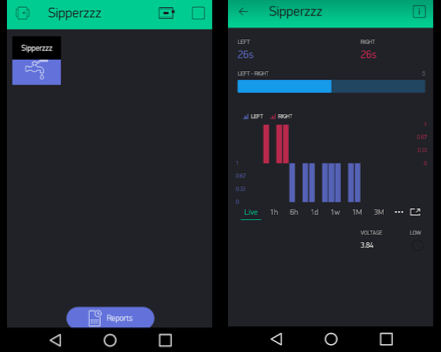
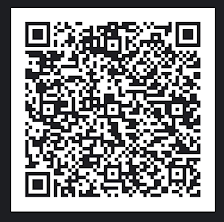
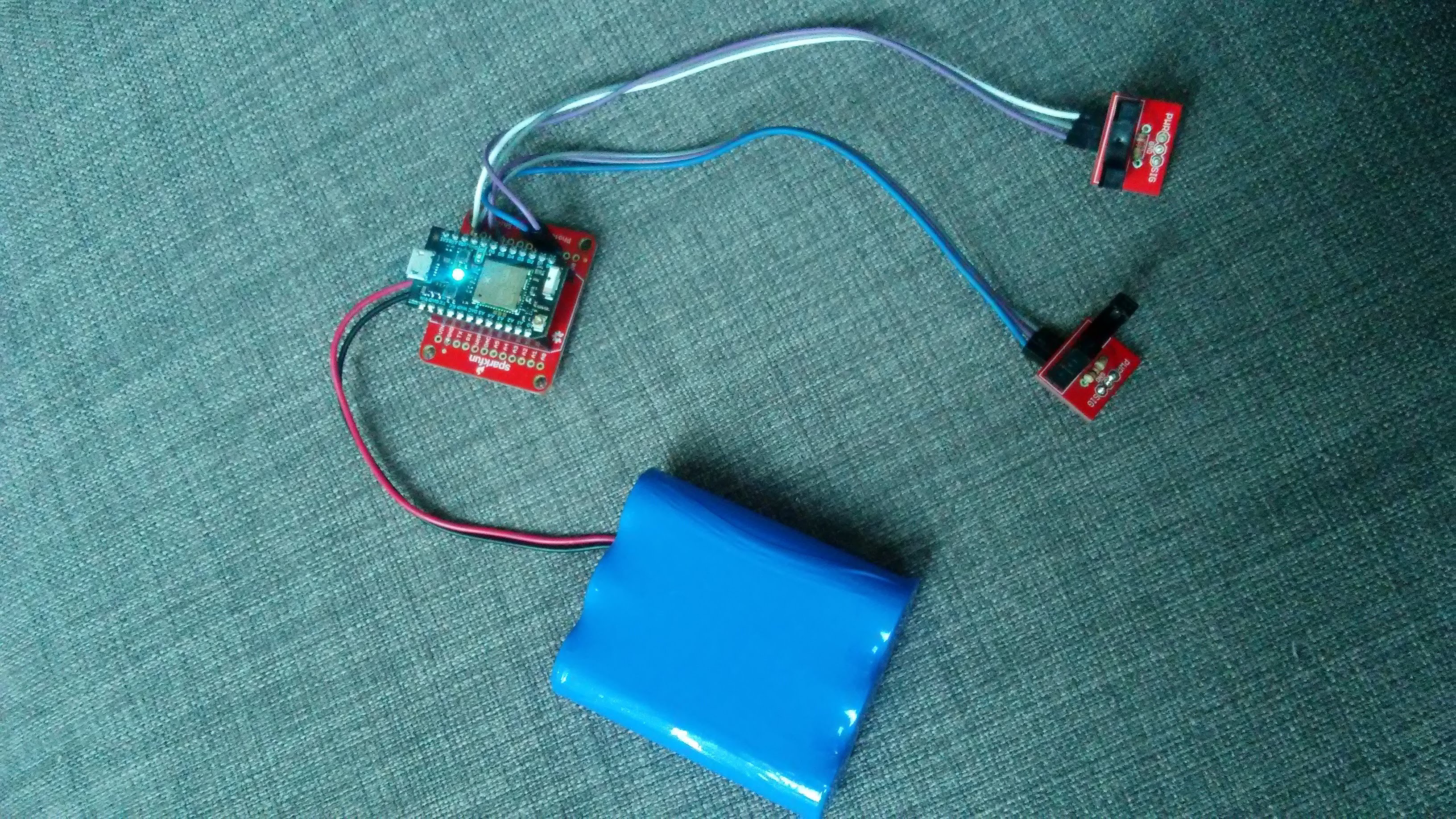
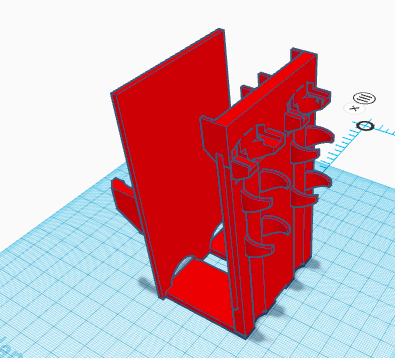

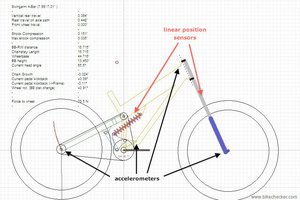
 jeromekelty
jeromekelty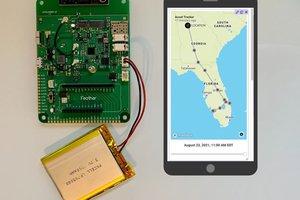
 Paige Niedringhaus
Paige Niedringhaus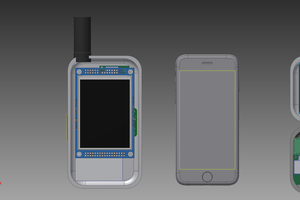
 John Grant
John Grant